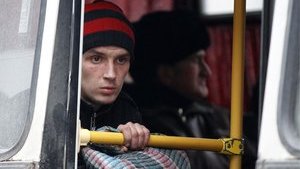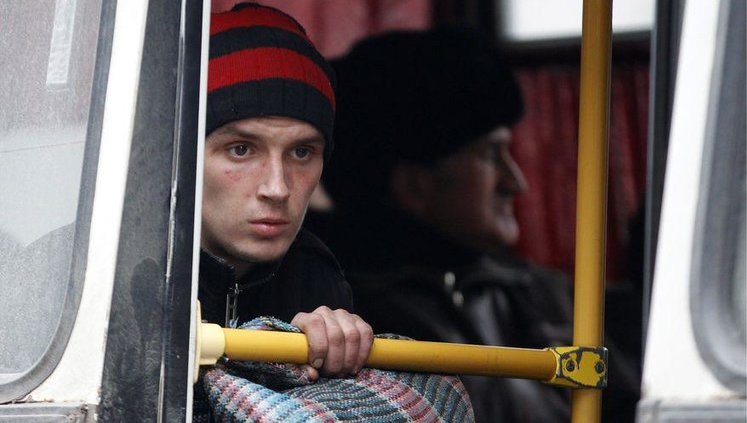Internally Displaced Persons (IDPs) in Ukraine encounter continuous challenges as geopolitical dynamics fluctuate. Recent appeals by Bavarian PM Markus Söder to regulate Ukrainian entry into Germany illuminate European regional strains. Meanwhile, the UN's cutback on aid due to the suspension of U.S. support exacerbates the precarious situation for new Ukrainian refugees. The Ukrainian government's estimated $40-50 billion need for IDP housing further emphasizes ongoing economic pressures. Germany's commitment to build 2,000 apartments in Ukraine offers relief, yet broader housing deficits persist. Additionally, Vereshchuk's insights on payment optimization reflect international expectations influencing domestic policies. The interplay of these factors underscores the complexities facing Ukrainian IDPs, highlighting the need for sustained international cooperation and support.
Why has the UN reduced support for Ukrainian IDPs?
The UN has reduced support for Ukrainian IDPs due to the suspension of aid from the U.S. and decreased funding from other international donors. This situation is further complicated by intensified military activities and economic constraints that challenge aid delivery and sustainability for those displaced by ongoing conflicts.
What are the financial implications of housing Ukrainian IDPs?
The financial implications for housing Ukrainian IDPs are substantial, with President Zelenskyy stating an estimated need of $40-50 billion. This figure underscores the massive infrastructural and economic challenges faced by Ukraine in addressing the housing crisis amidst ongoing displacement due to conflict.
How is Germany contributing to solving the housing crisis for IDPs in Ukraine?
Germany is aiding Ukraine's housing crisis by financing the construction of 2,000 apartments across five regions. This initiative, supported by the International Organization for Migration, aims to alleviate some housing shortages faced by internally displaced Ukrainians, providing them with much-needed shelter and stability.
What are the societal impacts of IDP challenges in Ukraine?
The societal impacts of IDP challenges in Ukraine include increased pressure on social services, housing shortages, and economic strains. The need to integrate IDPs into communities while addressing their specific needs adds layers of complexity, affecting social cohesion and resource allocation at multiple levels of governance.
What role does international cooperation play in supporting Ukrainian IDPs?
International cooperation is crucial for supporting Ukrainian IDPs by providing financial assistance, facilitating resource allocation, and ensuring consistent humanitarian aid. Collaborative efforts help address the immediate needs of displaced persons while promoting long-term solutions that foster rehabilitation and reintegration into safe environments.












































